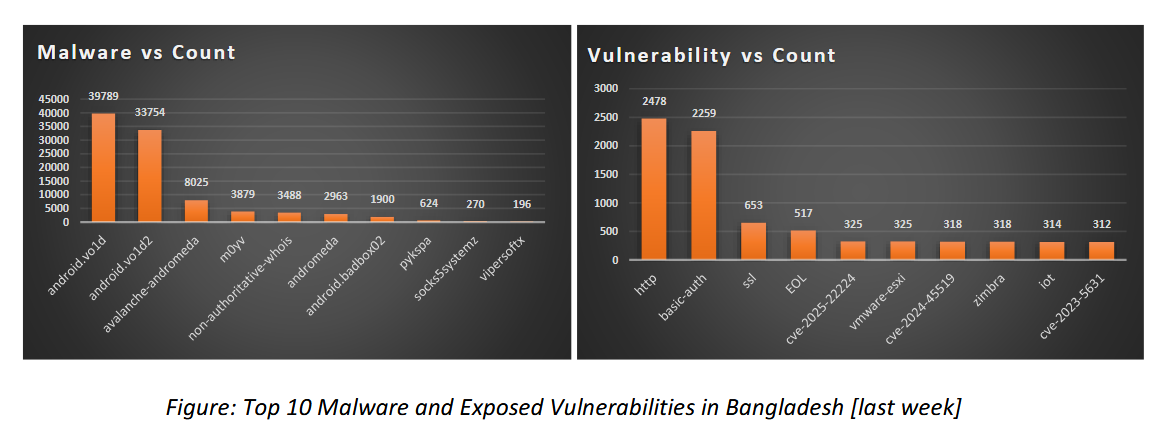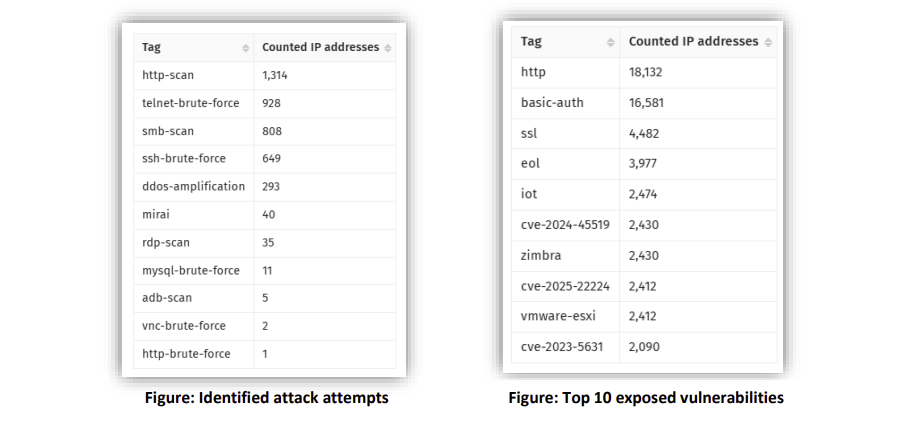Multiple Vulnerabilities in VMware vRealize Operations Manager Could Allow for Remote Code Execution
by CIRT Team
DESCRIPTION:
Multiple vulnerabilities have been discovered in VMware vRealize
Operations Manager, which could result in remote code execution. VMware
vRealize Operations Manager is an IT management platform which enables
visibility, optimization and management of an organization’s physical,
virtual and cloud infrastructure. This software comes within an API
which enables developers to build vRealize Operations Manager clients to
communicate with the server over HTTP. Successful exploitation of these
vulnerabilities could allow an attacker to execute arbitrary code in
context of the user running the application.
IMPACT:
Multiple vulnerabilities have been discovered in VMware vRealize
Operations Manager, which could result in remote code execution. Details
of these vulnerabilities are as follows:
* A server side request forgery vulnerability in vRealize Operations
Manager API which enables a malicious attacker to obtain administrative
credentials. (CVE-2021-21975)
* An arbitrary write vulnerability in vRealize Operations Manager API
which enable file writes to arbitrary locations within the underlying
operating systems. (CVE-2021-21983)
Chaining together both vulnerabilities enables a malicious actor to
perform remote code execution in the context of the logged-on user.
Depending on the privileges associated with the user, an attacker could
then install programs; view, change, or delete data; or create new
accounts with full user rights. Users whose accounts are configured to
have fewer user rights on the system could be less impacted than those
who operate with administrative user rights. A pre-requisite of
exploiting these vulnerabilities is that the malicious actor must have
network access to the vRealize Operations Manager API.
SYSTEM AFFECTED:
* vRealize Operations Manager Versions 7.5.0, 8.0.0, 8.0.1, 8.1.0,
8.1.1, 8.2.0, 8.3.0
RECOMMENDATIONS:
We recommend the following actions be taken:
* Apply appropriate updates provided or workarounds mentioned by VMware
to vulnerable systems immediately after appropriate testing.
* Run all software as a non-privileged user (one without administrative
privileges) to diminish the effects of a successful attack.
* Remind users not to visit un-trusted websites or follow links provided
by unknown or un-trusted sources.
* Inform and educate users regarding the threats posed by hypertext
links contained in emails or attachments especially from un-trusted sources.
* Apply the Principle of Least Privilege to all systems and services.
REFERENCES:
https://www.vmware.com/security/advisories/VMSA-2021-0004.html
https://kb.vmware.com/s/article/83093
https://kb.vmware.com/s/article/83094
https://kb.vmware.com/s/article/83095
https://kb.vmware.com/s/article/83210
https://kb.vmware.com/s/article/83260
https://kb.vmware.com/s/article/82367
https://cve.mitre.org/cgi-bin/cvename.cgi?name=CVE-2021-21975
https://cve.mitre.org/cgi-bin/cvename.cgi?name=CVE-2021-21983











